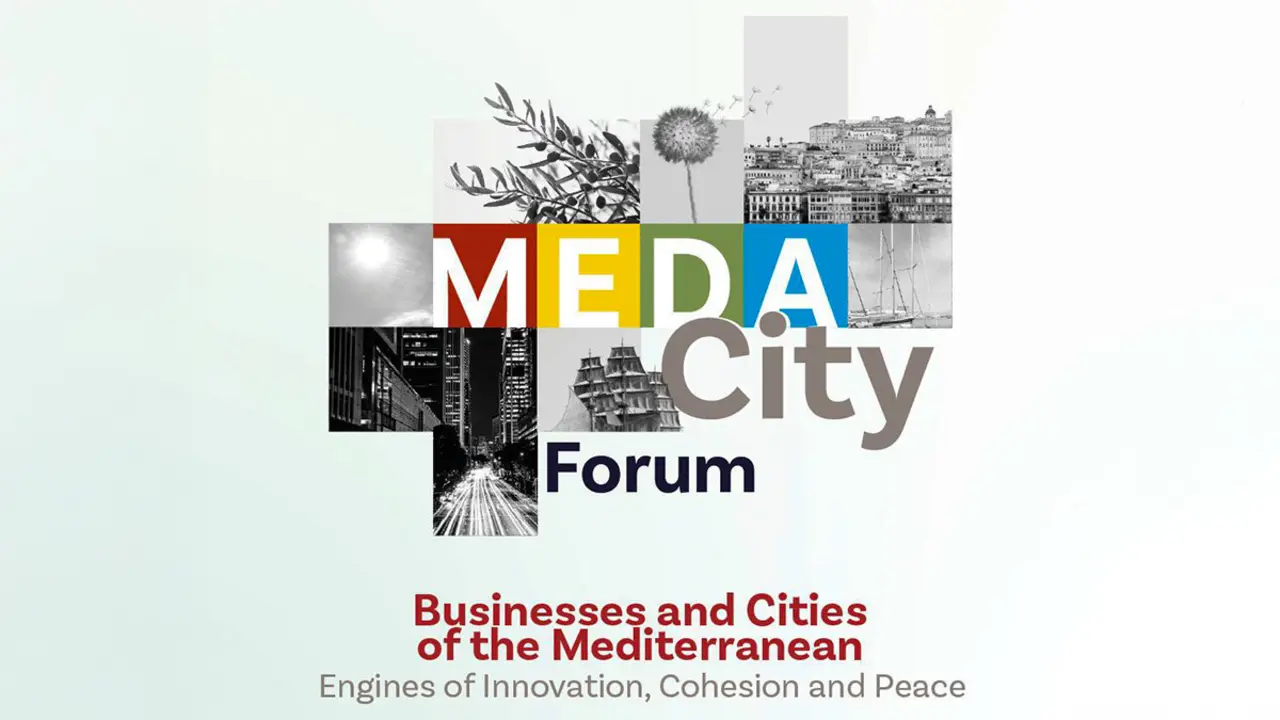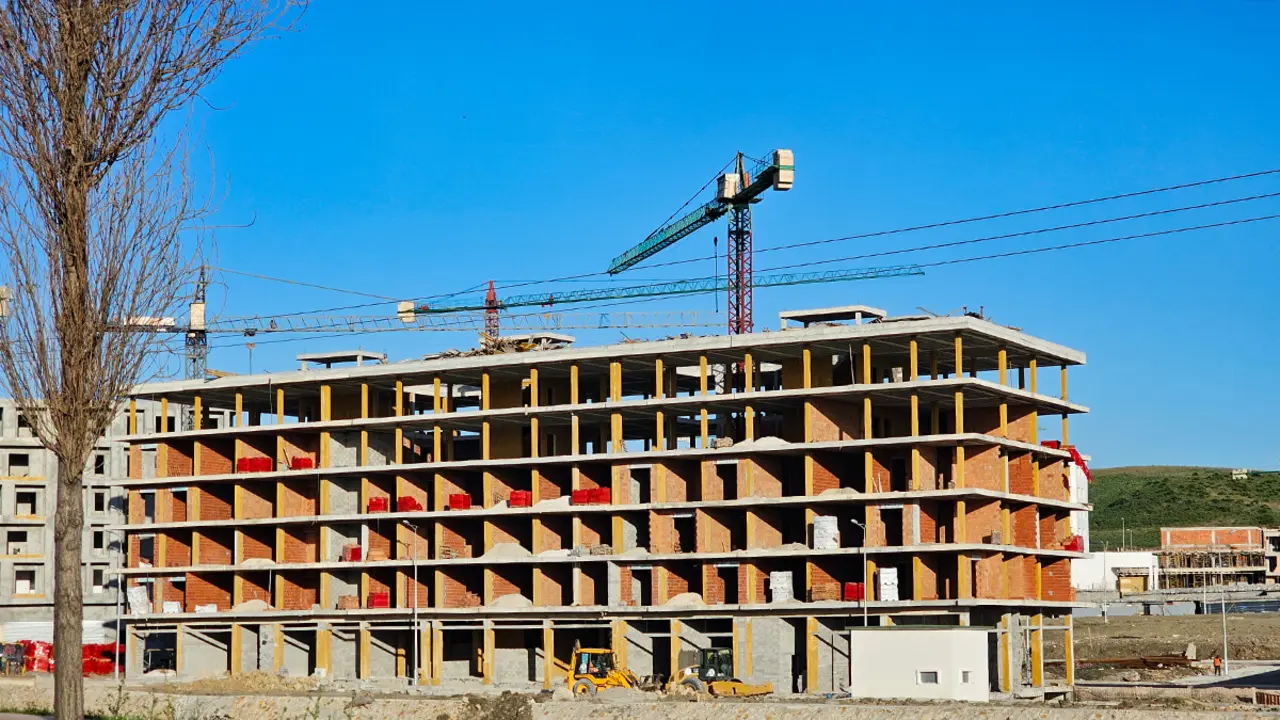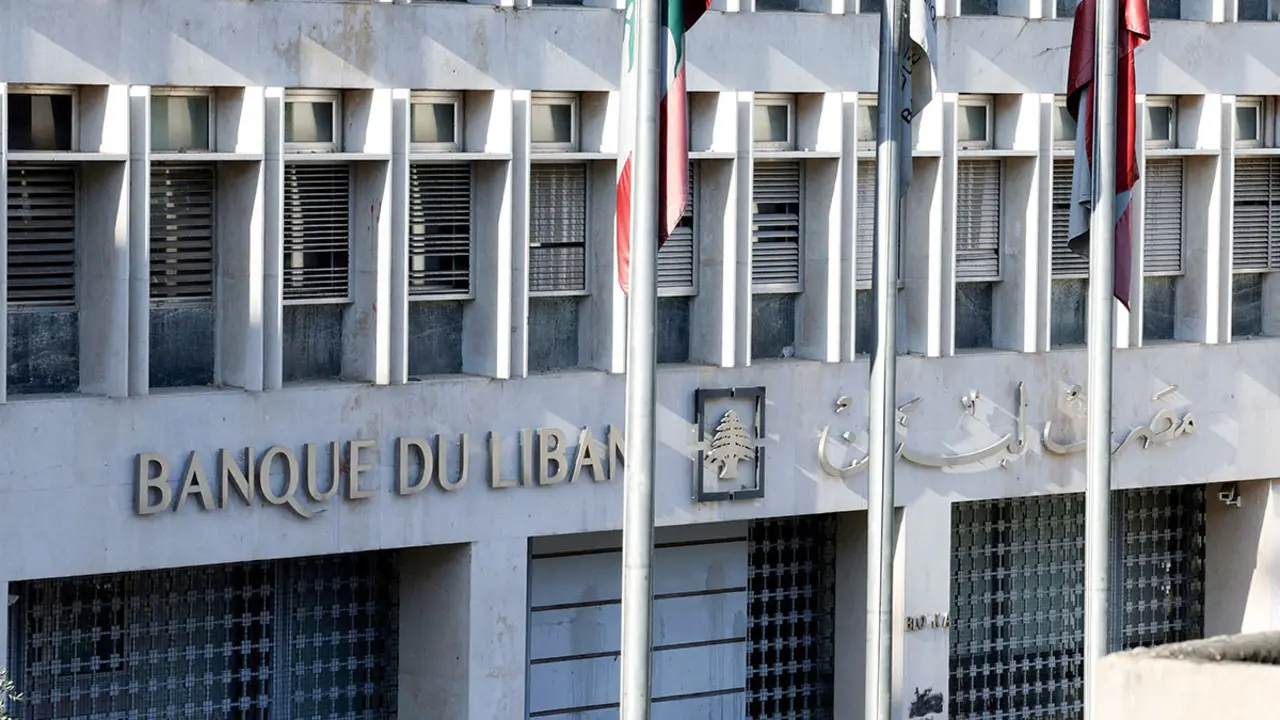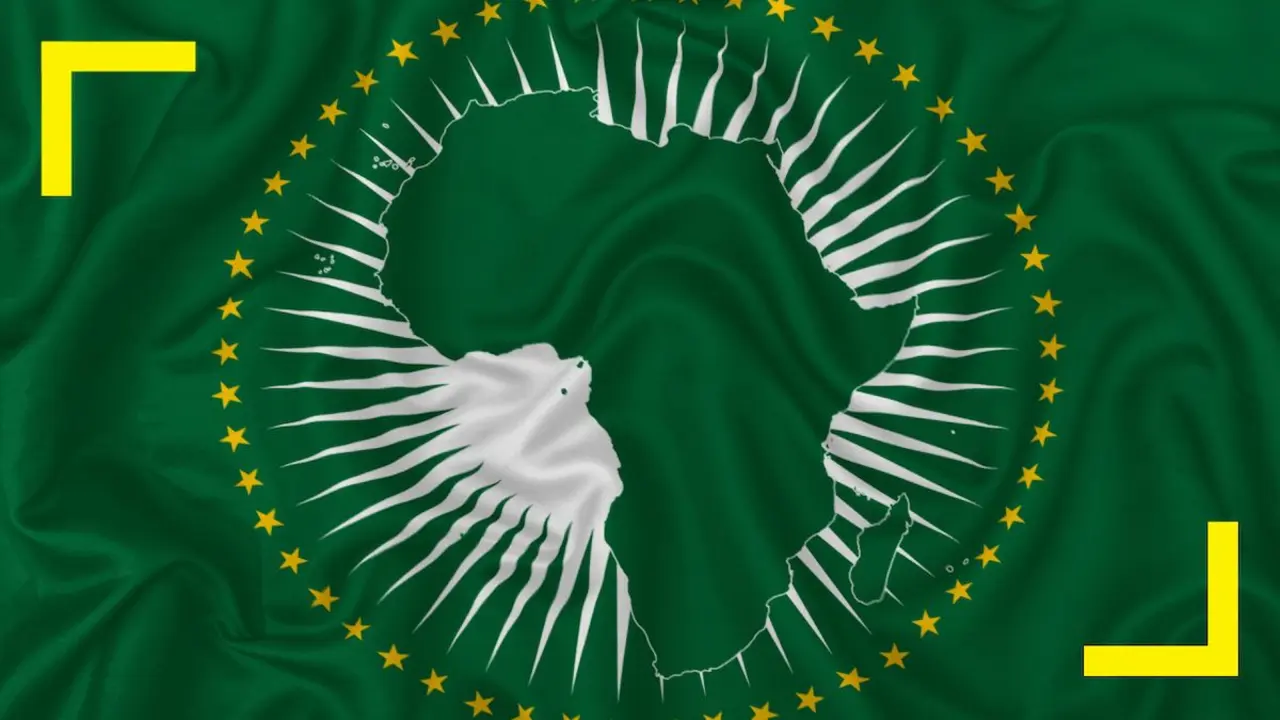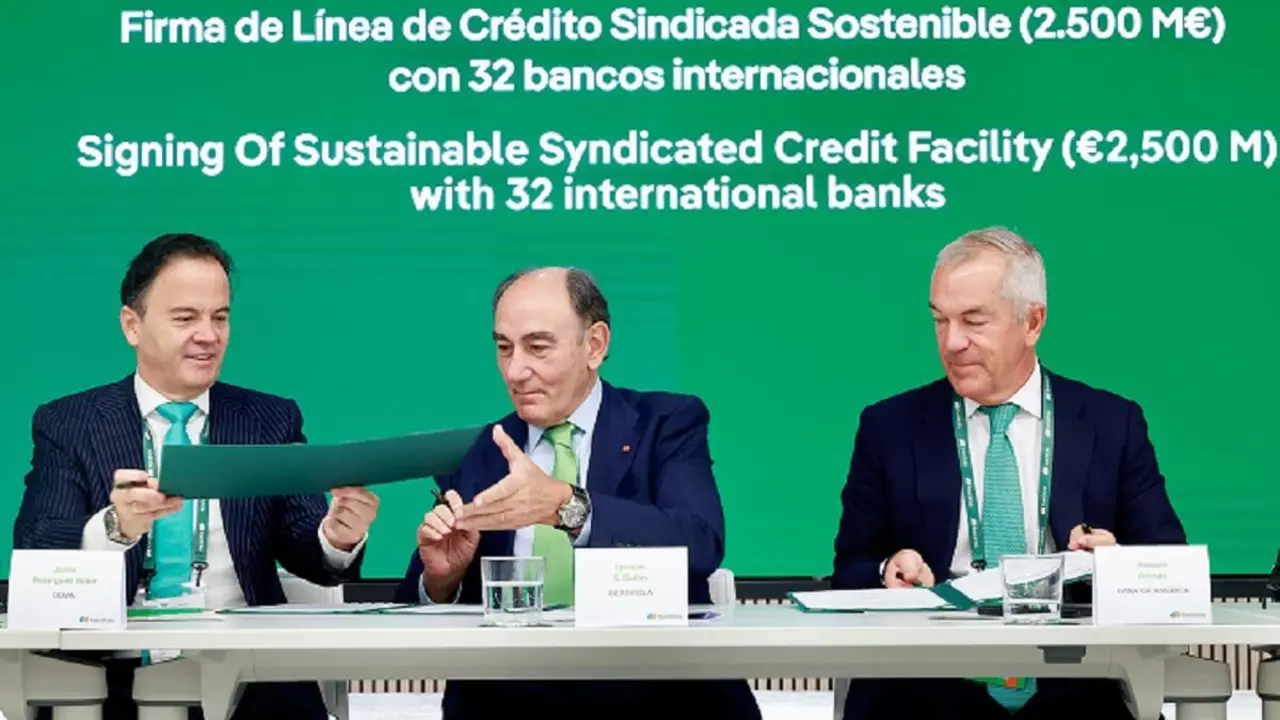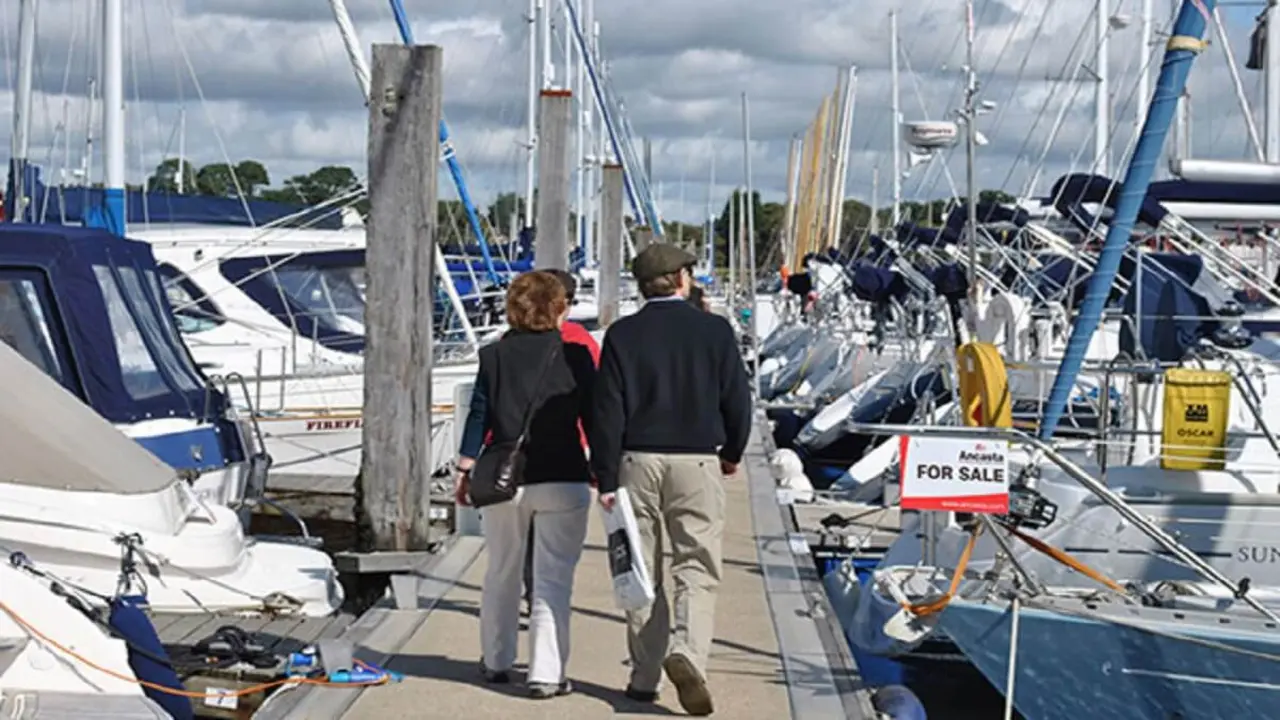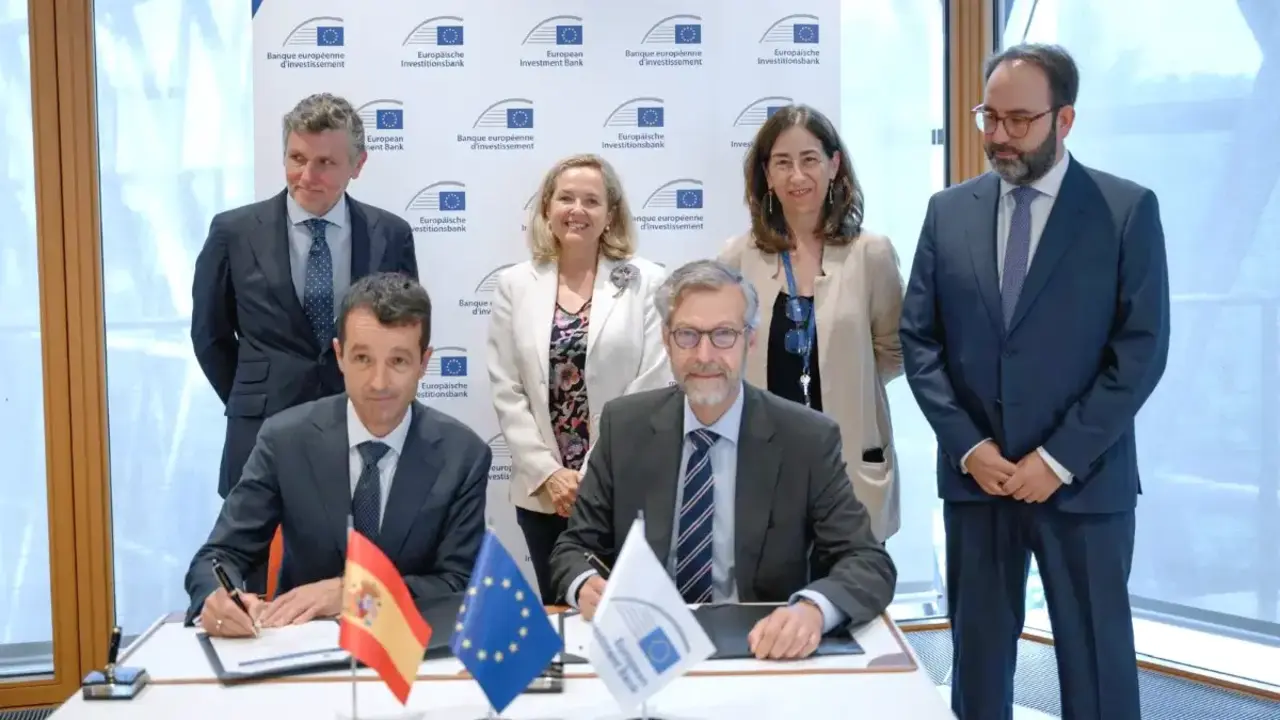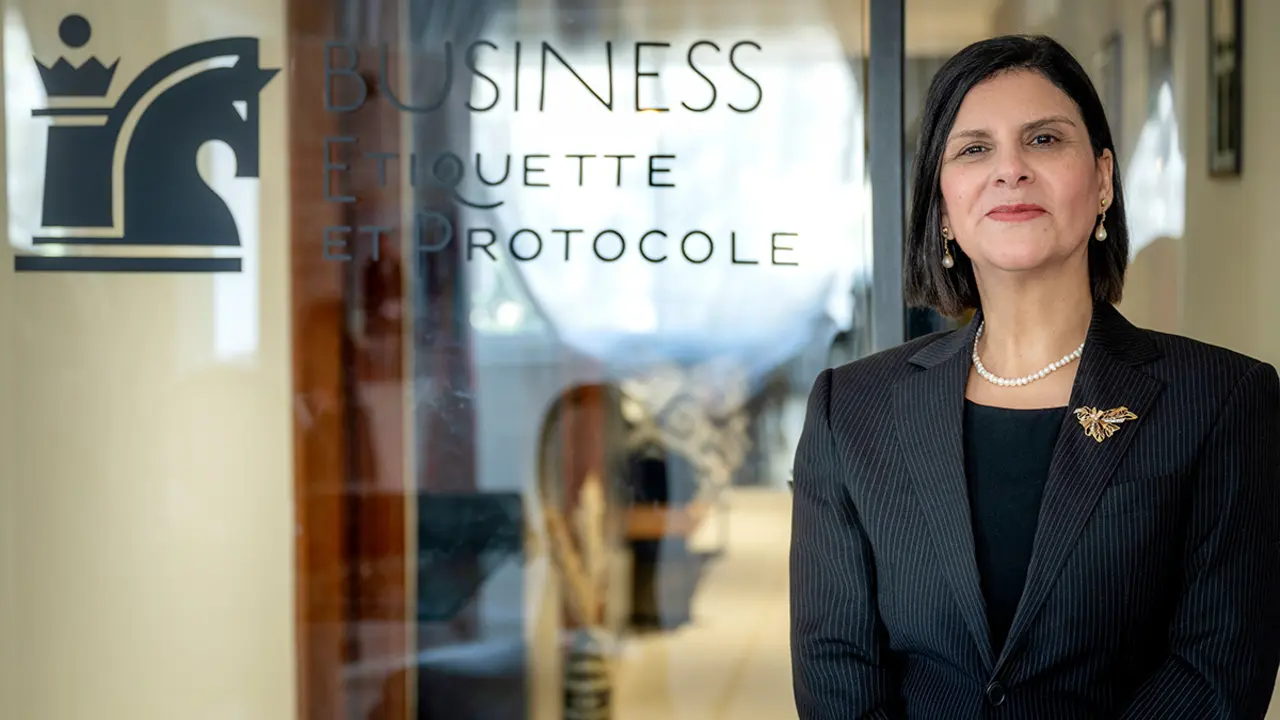Marruecos apunta a convertirse en el centro de las comunicaciones entre África occidental, Europa y Oriente Medio
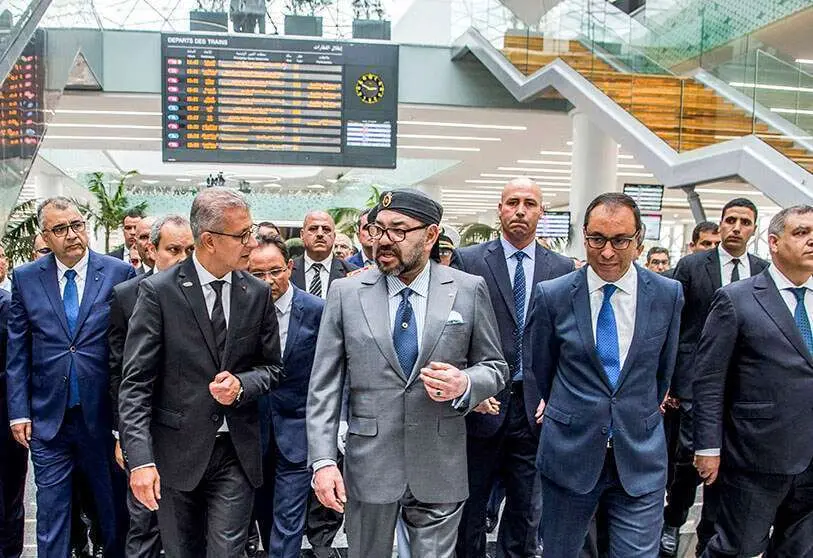
The expansion of the capacity of Moroccan ports, the construction of the first high-speed railway line in Africa and the numerous infrastructures put in place by Mohammed VI have completely transformed Morocco. The nation is on the way to becoming the center of communications between Western Africa, Europe and the Middle East, according to an academic document prepared by Michaël Tanchum, professor of international relations at the University of Navarra, and published this Wednesday on the website of the think tank Austrian Institute for European and Security Policy.
Although Morocco has always been considered the gateway to Africa, the country is called upon to reinforce this role as a consequence of the shortening of global value chains that will occur in the coming months due to the pandemic. The country itself has become the scene of global competition between China, Russia and the Gulf monarchies. Although Morocco has close commercial ties with France, the country has not yet secured European partners to commit to the development of infrastructure on its territory. It is possible that Beijing will take advantage of this to redirect Morocco's manufacturing value chains towards the new commercial initiative it has launched, the New Silk Road. This project plans to build a powerful infrastructure throughout Asia to transport products from China to Europe.

Morocco's largest city, Casablanca, is already the main communications node in Africa. Here, the Casablanca Financial City has been created to attract international financial companies and the regional headquarters of multinational companies. The city has become the most important financial centre on the continent.
Rabat has invested up to $7 billion in its airport network with the aim of making Morocco the main hub for trade routes between Europe, Africa and the Middle East. The most emblematic project has been that of Tangier Med, on the country's Mediterranean coast, 40 kilometres from Tangier. With the opening of its new terminals at the end of June 2019, Tangier Med has become the largest port in the Mediterranean, surpassing Algeciras and Valencia in container capacity.
Another major investment by the Alaouite kingdom is the port complex of Nador Med Wers, in the Bay of Bentoya. The 1,520 metre quay is designed to accommodate the largest container ships. This infrastructure, with a cost of 3,200 million dollars, is designed for the transport of energy along the western Mediterranean. When completed in 2023, the port will have tanker facilities capable of storing up to 170,000 tons of oil and chemicals and will be connected to Morocco's new rail transport networks.
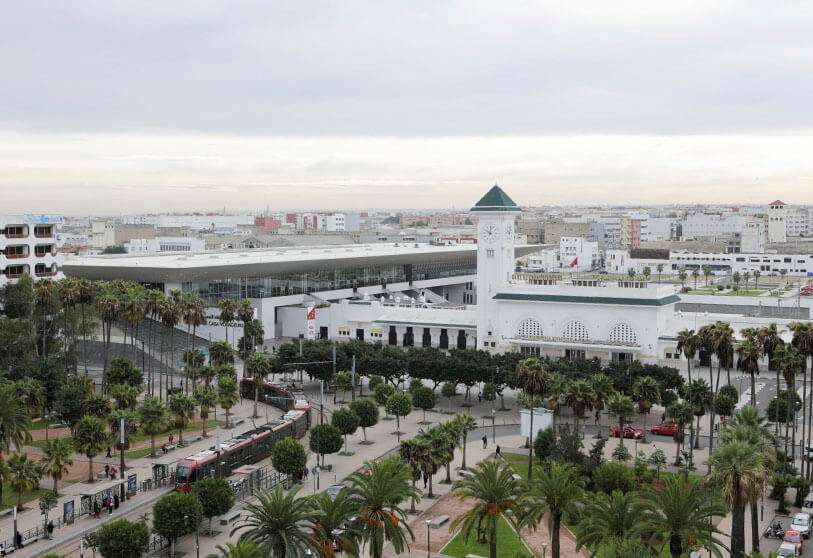
In October 2019, the Russian state development corporation reached an agreement with the Moroccan company MYA Energy to build a petrochemical complex and oil refinery with a planned capacity of 200,000 barrels per day. The Russian company will invest about $2.3 billion in northern Morocco and use the Nador Med West rail links to ship its products.
In addition, the country is also building a $4.5 billion liquefied natural gas facility in the port of Jorf Lasfar, located on Morocco's Atlantic coast about 100 kilometers south of Casablanca. The project includes an LNG import terminal, a marine dock, a gas pipeline network and a combined cycle power plant with a capacity of 2,400 MW. Rabat has also allocated $1 billion for the construction of a new port in Dakhla, southern Western Sahara, which will increase Morocco's commercial reach in this area and boost transatlantic trade routes with Latin America.
China is playing an increasingly important role in the development of infrastructure in Morocco, especially in the southern regions. From Tangier Med, which crosses the Atlantic coast to the border with Mauritania, the Tangier-Lagouira line will create a high-speed commercial transport corridor from the western Mediterranean coast to the border with West Africa.
The Boraq high-speed railway line has been realised as a joint Franco-Moroccan investment. France provided 51% of the financing for the project and Morocco provided the other 27%. The remaining 22% has been financed by development funds from the United Arab Emirates, Saudi Arabia and Kuwait. Together with France, the member countries of the Gulf Cooperation Council have been the pillars of foreign investment in Morocco.

The European Union of 27 remains Morocco's largest trading partner, accounting for 55 per cent of Morocco's total bilateral trade volume in 2019. If individual states are considered, the five largest trading partners in Morocco in 2019 were Spain (18.2%), France (15.1%), China (6.9%), the United States (6.2%) and Italy (5.2%).
In spite of the important commercial relations with Spain and Italy, these have not made a decisive commitment to investment in Morocco, unlike France. The main partners of the Gauls in investment financing are Abu Dhabi and Riyadh. France's participation in Morocco is a reflection of the foreign policy it follows in the Middle East. In Egypt and Libya, as well as in the Emirates, the absence of EU partners has left France increasingly isolated, as it faces the need to deal with the growing presence of Russia and China.
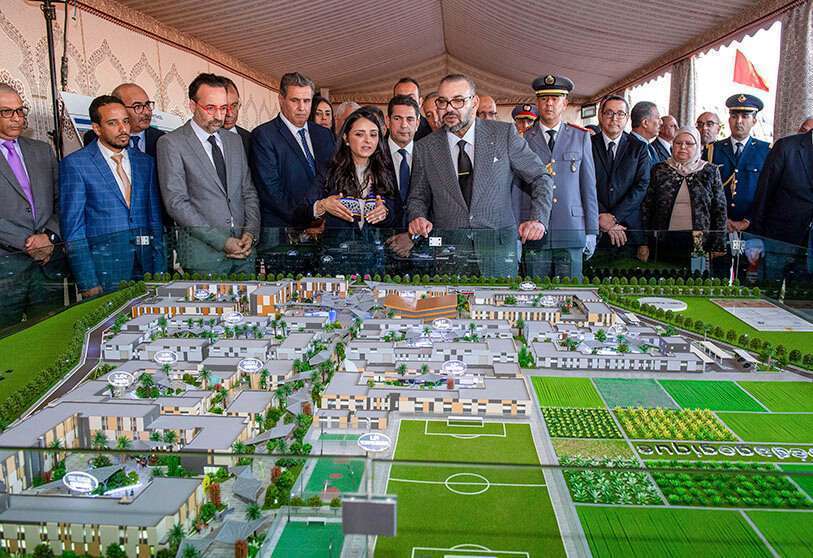
In 2016, China's Chint Group was selected to build 172 MW of photovoltaic (PV) solar power generation capacity under the operational management of the Saudi Arabian company Acwa Power International. Called Noor Ouarzazate IV, the project consisted of three separate PV plants to complement the huge concentrated solar power facilities already built in the first three phases of development of the Noor Ouarzazate solar complex in Morocco, the largest operating solar power facility in the world.
Another major project, Noor Ouarzazate IV, worth $144 million, was financed by the German state development bank KfW and the Moroccan Solar Energy Agency. Like the King Mohammed VI Bridge, the Noor Ouarzazate IV project was an example of constructive commercial synergy between partners in China, the Arab Gulf States, Europe and Morocco.

